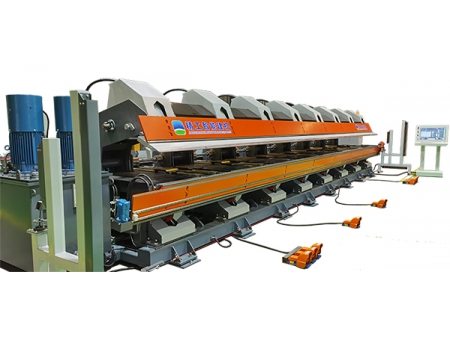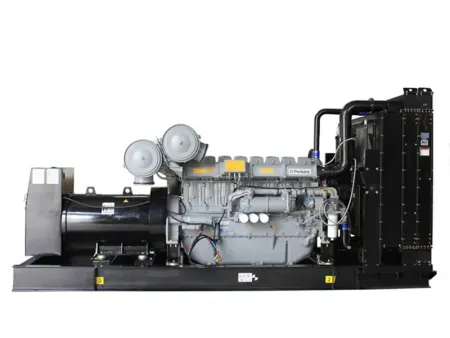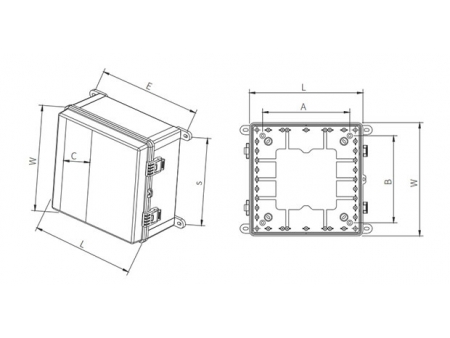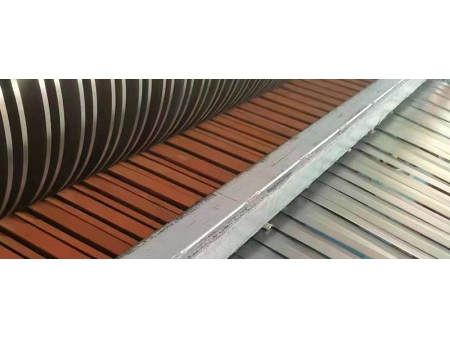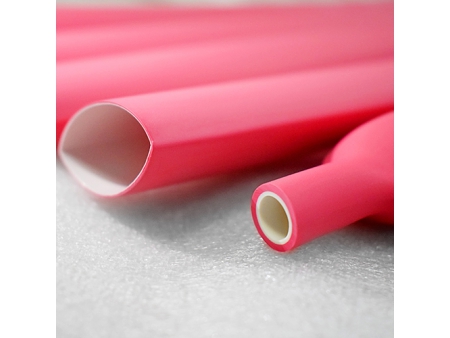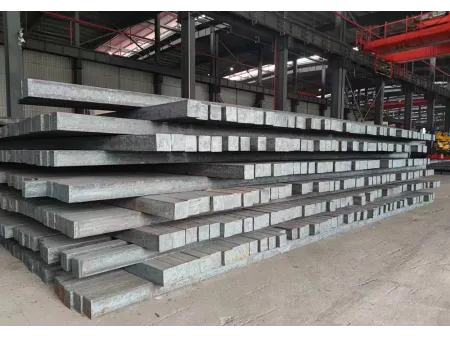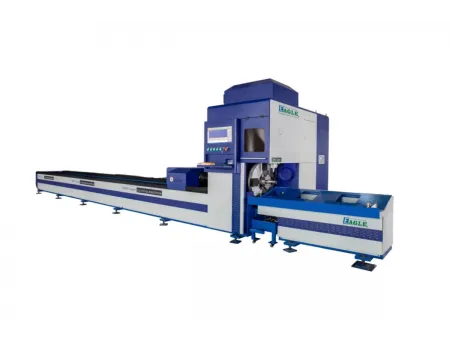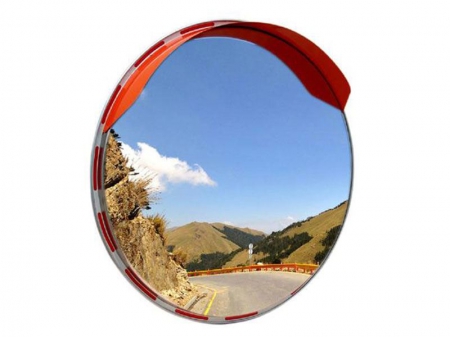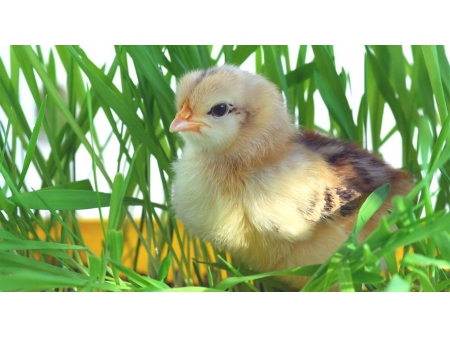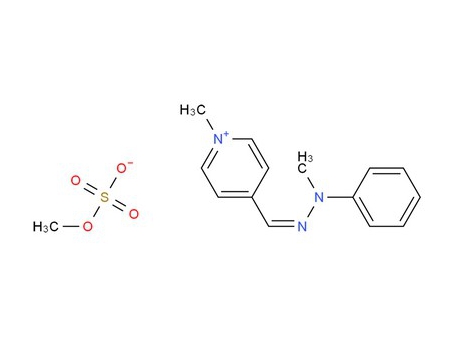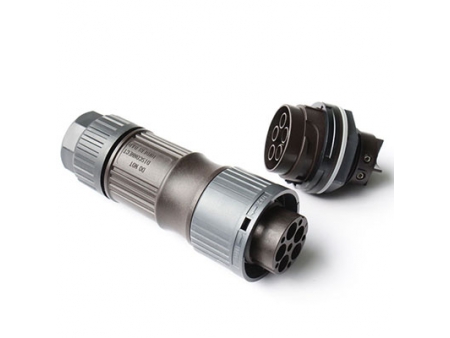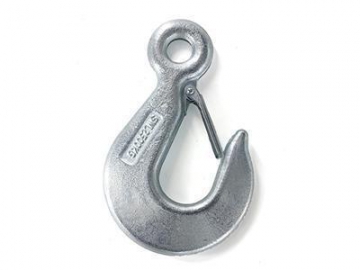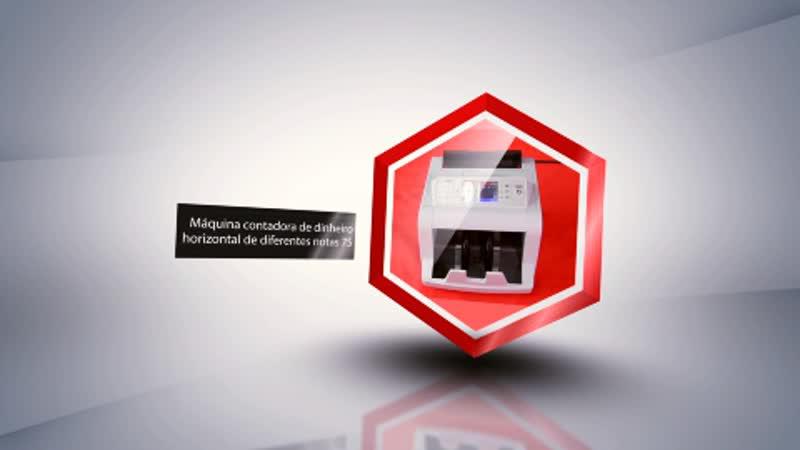DIN 127-87
Federringe; aufgebogen oder glatt mit rechteckigem Querschnitt
Supersedes December 1970 edition
In Keeping with current practice in standards published by the International Organization for Standardization (ISO), a comma has been used throughout as the decimal marker.
It is recommended that DIN 128 be used instead of the present standard, which is to be withdrawn by 1 January 1992(see Explanatory notes.)
Dimensions in mm
1. Scope and field of application
Spring lock washers covered in this standard are deemed to be spring washers designed for use with bolt / nut assemblies involving fasteners of property class 5.8 or less, as specified in ISO 898 Part 1. They are intended to counteract the effect of setting which results in bolt / nut assemblies working loose (see DIN 267 Part 26). They do not effectively prevent loosening of the assembly under varying radial load and are designed for use with short bolts predominantly subject to thrust.
2. Dimensions
The tang ends shall be produced to dimension without kinking by bending both ends in a zone extending one-tenth of the circumference from either end.
The illustrations show spring lock washers for screws with right-hand thread, the position of the tang ends being vice versa for bolts with left-hand thread.
Continued on pages 2 and 3
DIN 127 Page 33 Technical delivery conditions
DIN 267 Part 26 shall apply with regard to the technical delivery conditions.
Material: F St-spring steel as specified in DIN 267 Part 26.
4. Designation
Designation of a type A spring lock washer of nominal size 8, made of spring steel (
Spring lock washer DIN 127-A8- F St
Where spring lock washers for left-hand thread bolts are required, the latter symbol LH shall be included in the designation:
Spring lock washer DIN 127-A8-LH-F St
The DIN
Standards referred to
DIN 128 Curved and wave spring lock washers
DIN 267 Part 26 Fasteners; technical delivery conditions; steel spring washers for bolt / nut assemblies
DIN 4000 Part 3 Tabular layout of article characteristics for washers and lock washers
ISO 898 Part 1 Mechanical properties of fasteners; bolts, screws and studs
Previous editions
DIN 127 Supplement: 02.37; DIN 127: 04.21, 07.23, 07.29, 01.41, 04.43, 02.56, 01.61, 12.70.
Amendments
The following amendments have been made to the December 1970 edition.
a) The field of application has been modified.
b) A note on the period of validity of this standard has been included; see Explanatory notes.
c) Nominal sizes 2,3, 2,6 and 33 have been deleted.
d) The technical delivery conditions have been summarized in DIN 267 Part 26.
e) The designation now includes a reference to the material to be used.
f) The standard has been editorially revised.
Explanatory notes
By maintaining a sufficiently high preloading in a bolt / nut assembly, spring washers are designed to prevent loosening of the assembly, which may be caused, for instance, by the effect of setting. The specification of residual spring forces given in DIN 267 Part 26 has made it possible for the first time to assess the performance of spring washers.
Spring lock washers complying with DIN 128 are suitable for bolt / nut assemblies involving fasteners of a property class less than 8.8, whilst spring lock washers complying with the present standard are only to be used for bolts of property class 5.8 or less.
As there is no real demand for DIN 127 spring lock washers, DIN 128 washers being more suitable for the proposed application, the responsible committee has decided to withdraw DIN
International Patent Classification
F 16 B 39 / 24
1) F St shall also apply where no material has been specified in existing documentation.



